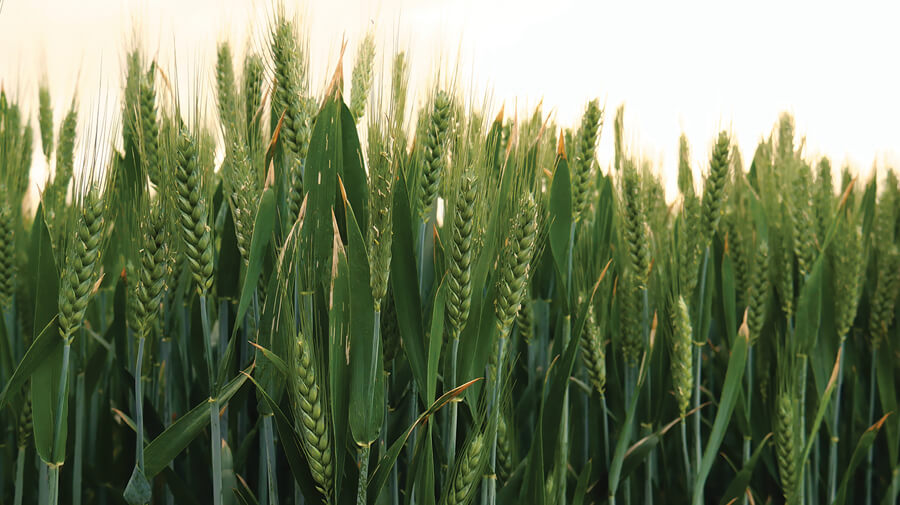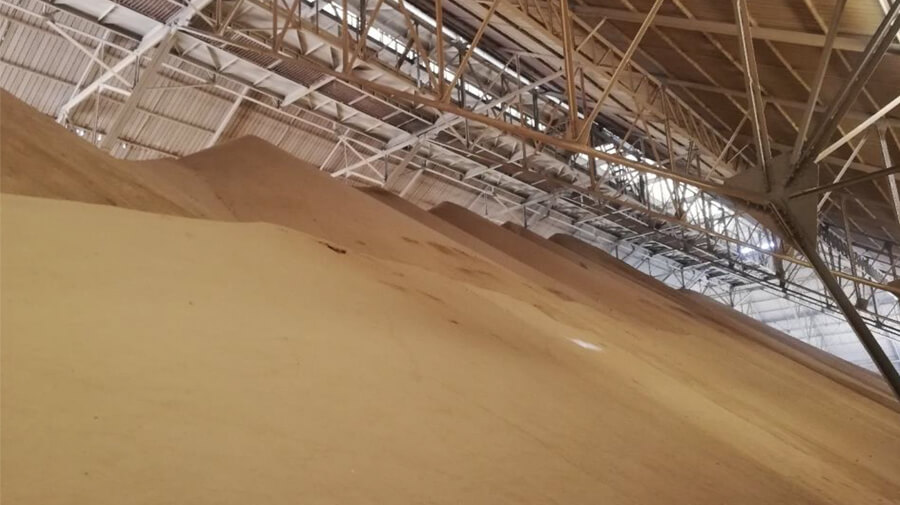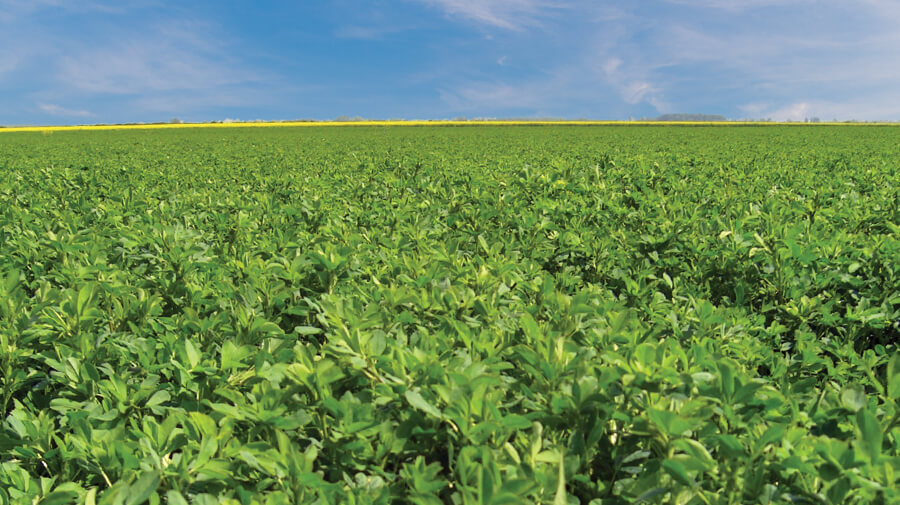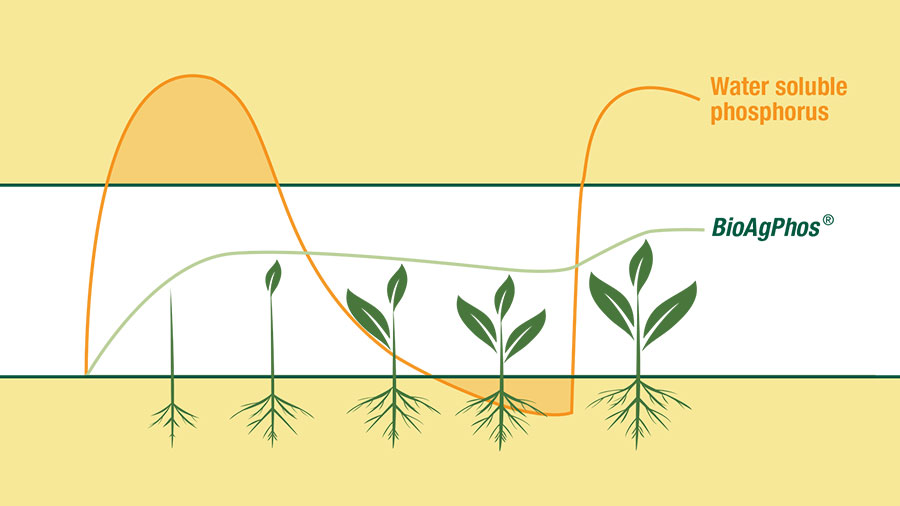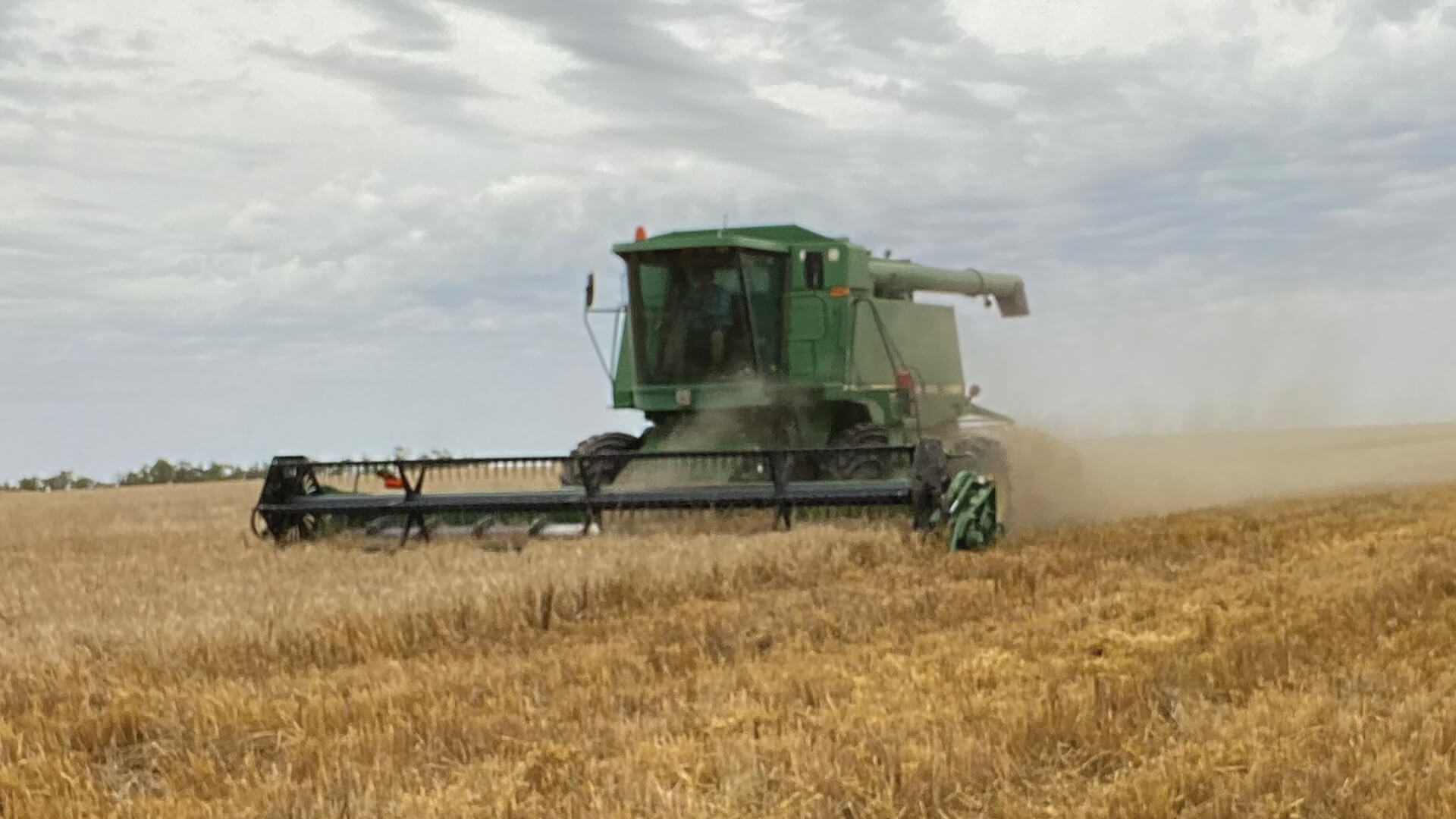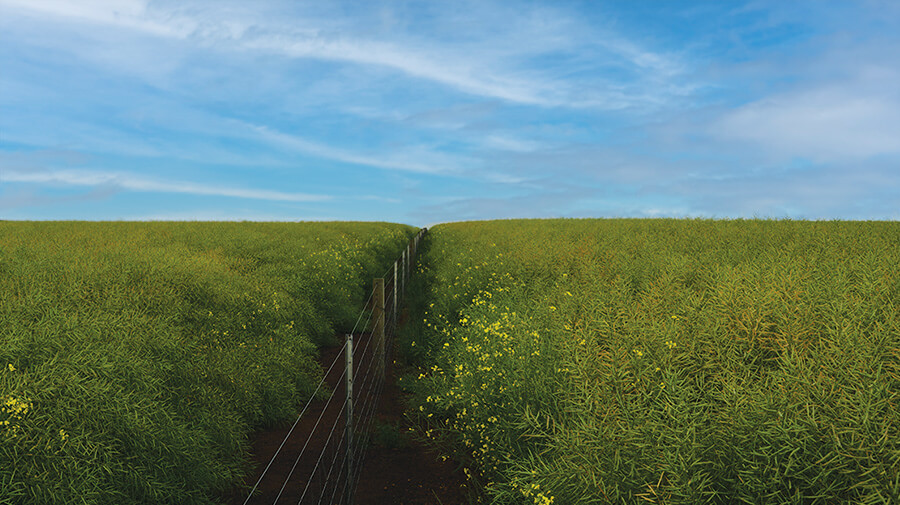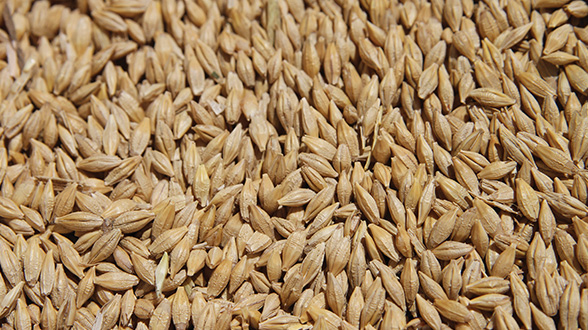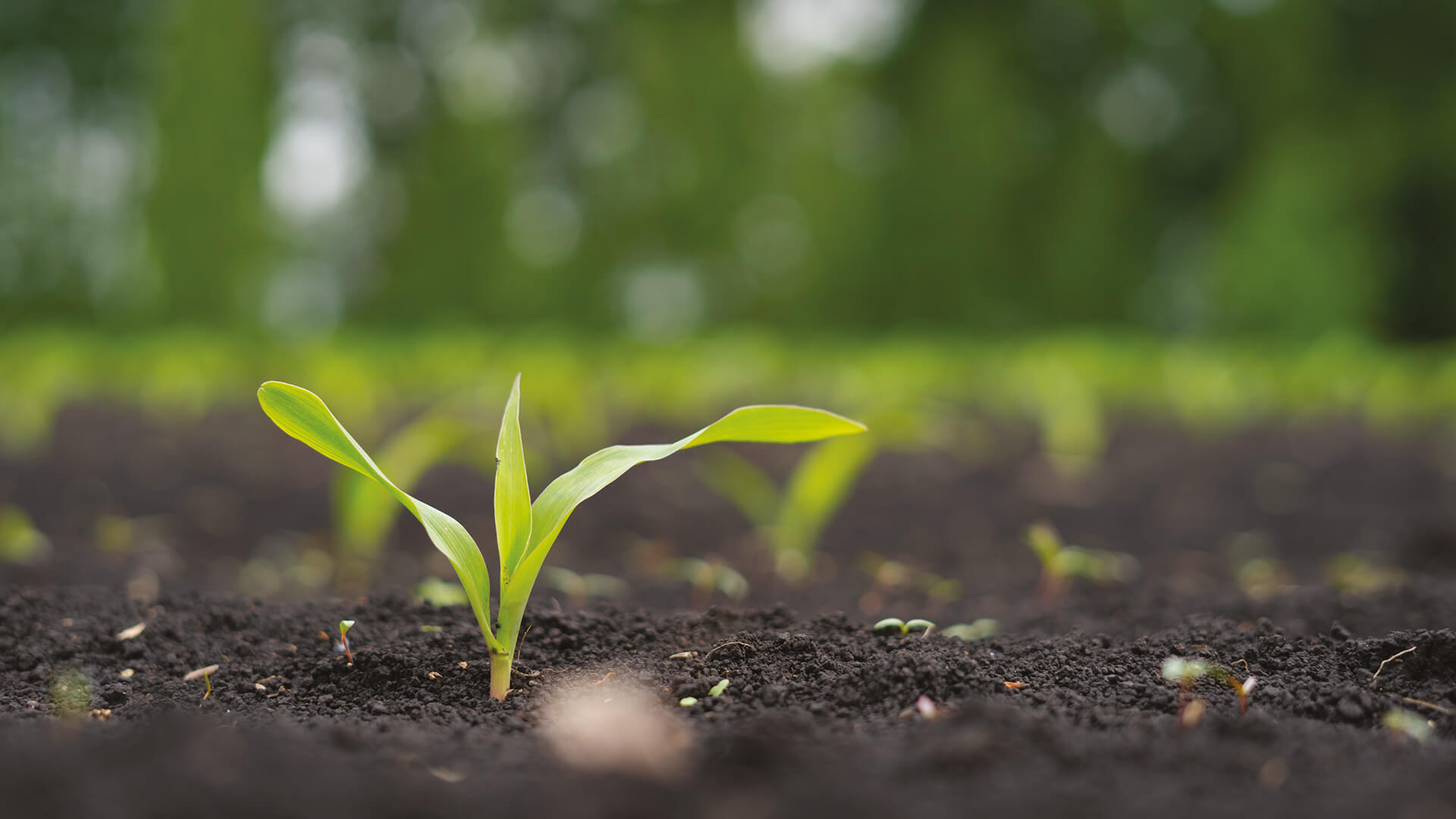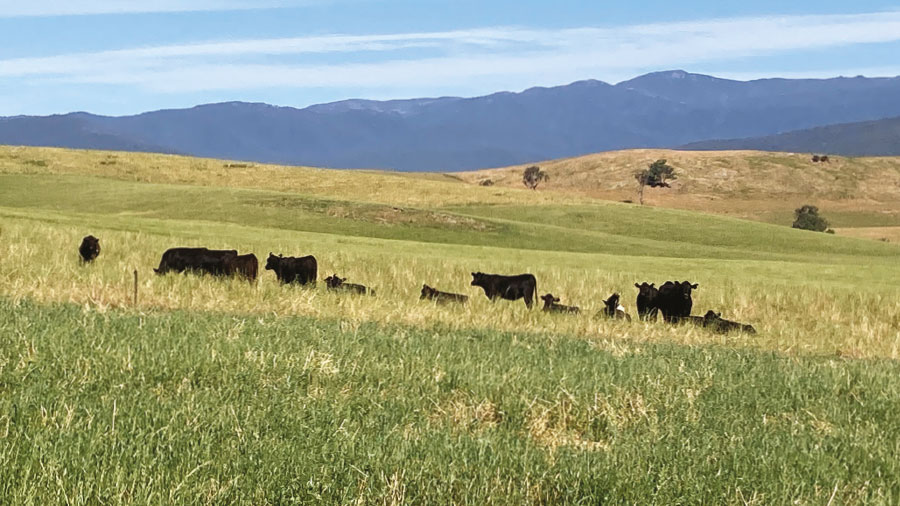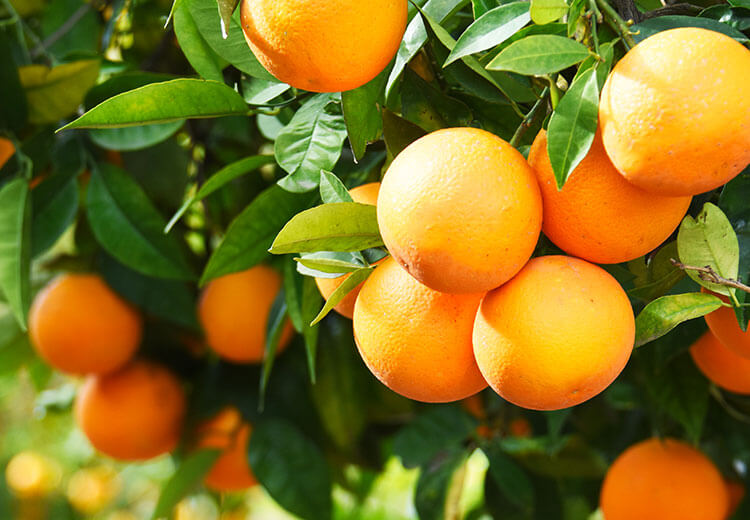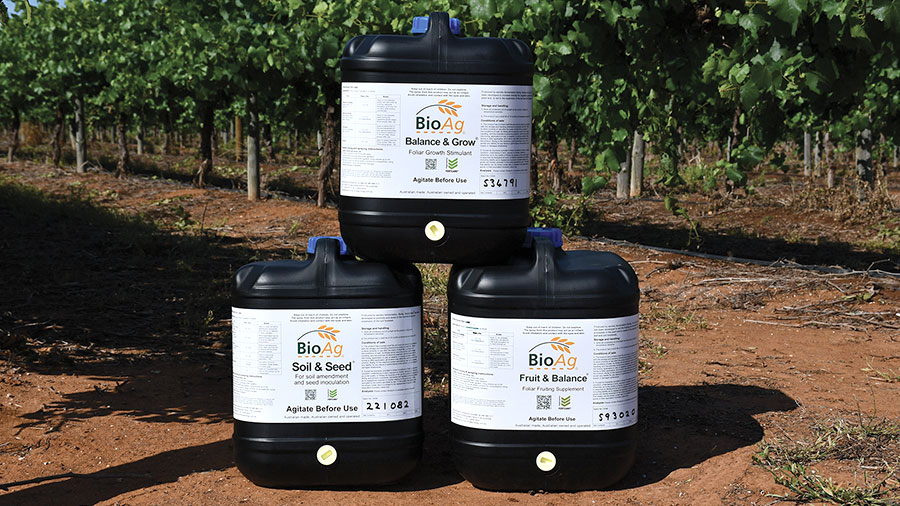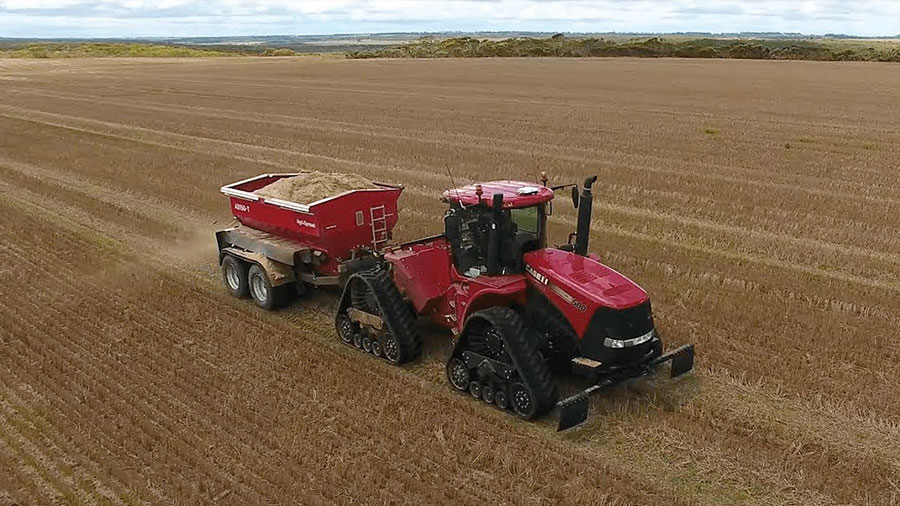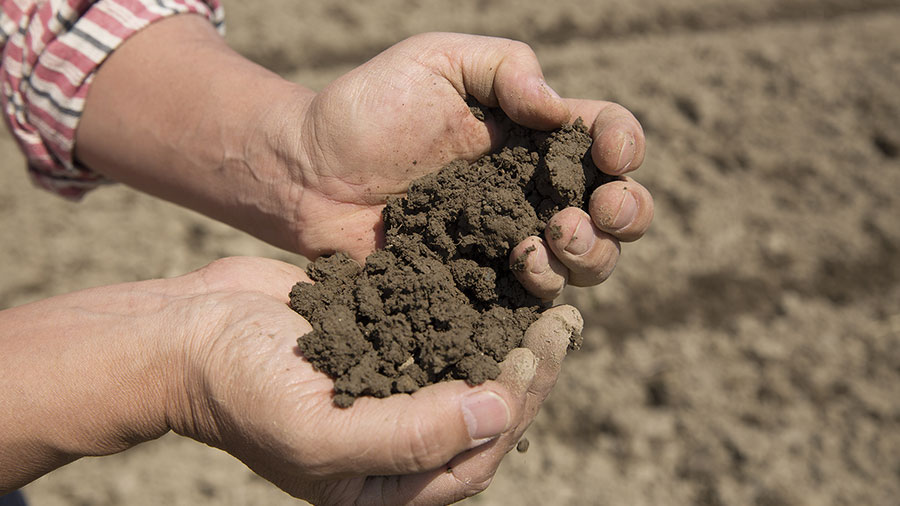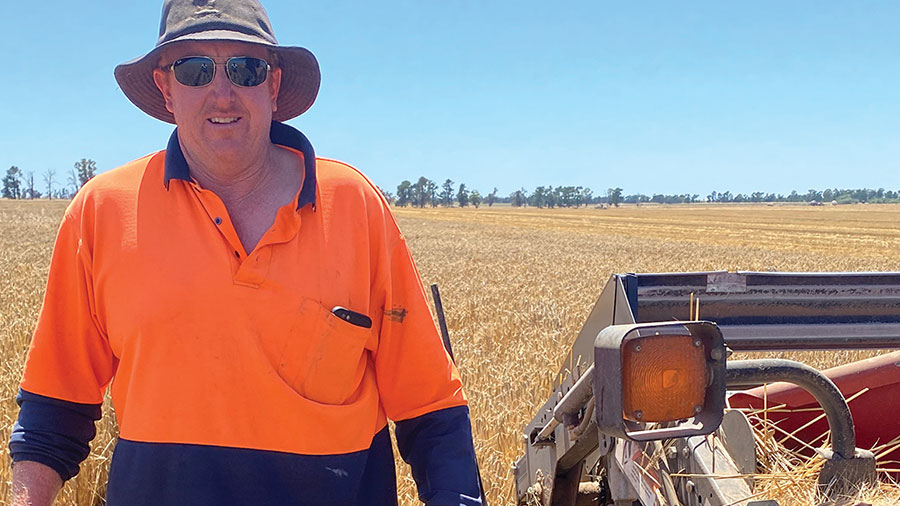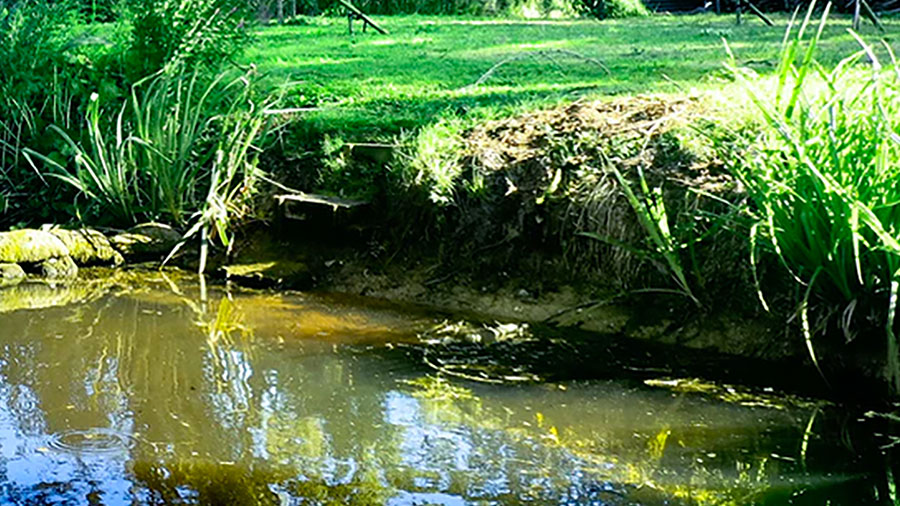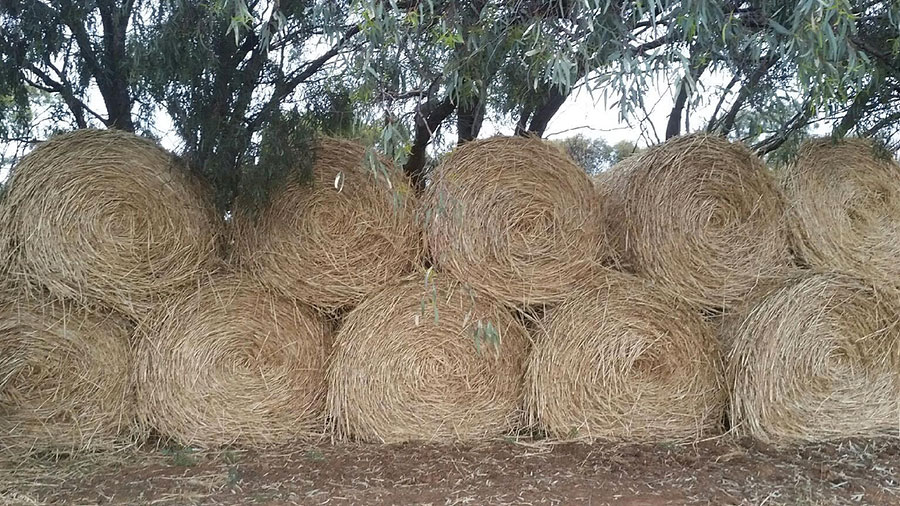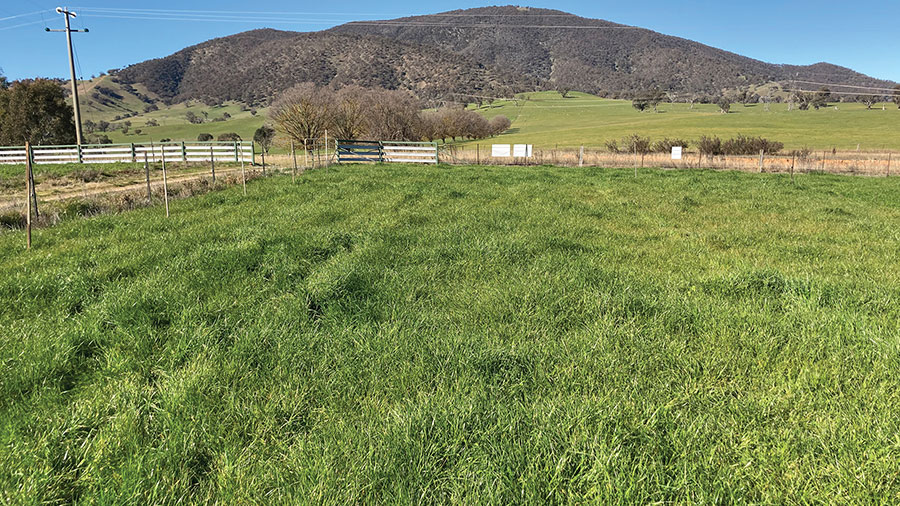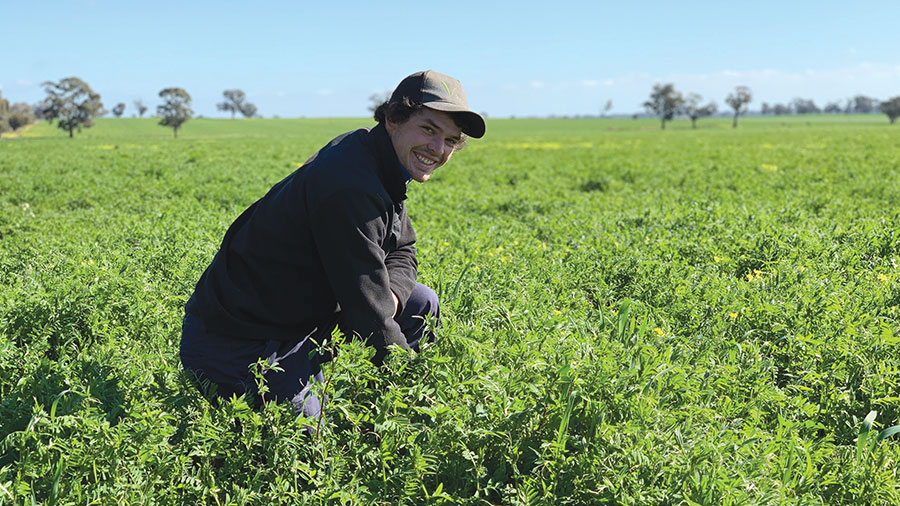
Latest
News
Clean coastal catchments project
BioAg is participating in the Livestock Fertiliser Stewardship Group for the NSW Government funded Clean Coastal Catchments (CCC) project. The project addresses the management of excess flows of fertiliser, nutrients, and effluent into our coastal waterways and how this can be reduced. It is being run and coordinated by the NSW DPI over a ten-year lifespan, ending in 2028.
Maximising nutrient use efficiency
Prices for most agricultural commodities and inputs are close to record highs. As such, it pays to maximise the effectiveness of crop nutrients that you apply, be it a winter crop, summer crop or perennial system. This is referred to as maximising Nutrient Use Efficiency (NUE).
Improving your broadacre crops
In broadacre cropping, fungicides are sprayed to reduce the impact of disease in growing crops. This provides an obvious benefit to a crop, but it is possible to get added benefit by feeding and stimulating the crop at the same time as applying the fungicide.
High cost Phosphorus in 2022 season
International fertiliser prices remain high. At the time of writing, domestic prices are over $900 per tonne of MAP or DAP. It means the cost of chemical fertilisers will be high for autumn pasture applications and crop sowing. At these prices, growers need to be aware of the cost of P lock up with water-soluble fertilisers and the alternatives available.
How to get more from your Lucerne
Lucerne is a versatile crop. With adequate soil moisture, it provides good grazing and feed quality. With spring in the air, it’s time to start planning, whether it be for hay and/or seed production. The first key step is understanding your soil nutrient status. A soil test is a low-cost and highly effective management tool that will identify impediments to your production goals.
Choosing Phosphate fertiliser
This season many growers will invest in fertilisers and for growers who have experienced great crops, fodder or livestock production, there will be a need to replenish soil nutrients. When it comes to applying phosphorus to soils there are numerous fertilisers available. At BioAg our range of natural phosphate fertilisers are based on our microbially digested reactive phosphate rock – BioAgPhos.
2020 Crop case study
Agostino Galluzzo, owner and manager of Galluzzo Produce in the Riverina, operates a mixed farming enterprise including sheep, beef, pigs and irrigated and dryland cropping. As a former potato and onion grower, Agostino is fully aware of the importance of soils in delivering optimal yields.
The importance of BioAg, even in a good year
When planting his 2020 canola crop, Andy trialled Soil & Seed in one test paddock and there was a noticeable difference in root development as the crop emerged. Balance & Grow was later applied to the same paddock, and that particular crop continued ahead of other paddocks although there wasn’t an immediate transformation after this application. At about 15% flowers, Andy applied Fruit & Balance to the test paddock, and reported that they kept a better, brighter colour while flowering when compared to other areas on the farm.
Setting up for success in 2021
Last season’s harvests were some of the best-experienced across the market. The downside is that the harvested grains and cereals will have drawn down on your soil nutrients. Having completed soil tests many growers will have observed this in their results and will be considering the next steps.
Setting key milestones in planning 2021
Planning the future activities and needs of the farm, and for future crops, is a key part of managing risk and providing the best opportunity for maximised returns. Each year set achievable targets and milestones of your own, such as:
Long term customers see results in beef
Jamie and Virginia Bond of ‘Wyandra’ in Tooma NSW first started using BioAg fertilisers and liquids in their farming system over 20 years ago. At the beginning their soils were run down and low in nutrients. They viewed the BioAgPhos based fertilisers as a sustainable way to improve nutrient levels, and build soil structure and carbon.
Post-harvest – an important period for tree and vine crops
The post-harvest period is critical for perennial tree crops and vines to recover from stress. This is an optimal time to replenish nutrient reserves for the next season as vegetation and roots are still active and able to absorb applied nutrients. Applications replace macro and micronutrients removed during harvest and address deficiencies before the next growing season. The nutrition applied does not increase tree or vine vigour but is taken up into tree and vine reserves and used when breaking dormancy.
BioAg proprietary products escorting nutrients for better crop performance
Micronutrients play a critical role in fruit set and fruit development. In viticulture or horticulture – now is the time to consider your needs for micronutrients and how to best deliver them to your crop. Micronutrients play an important role in a plant’s development, regulating biophysiological processes and resistance of crops to adverse conditions. Often, the importance of trace elements to plant growth is underestimated.
Summer planning
Summer is the time to plan the renovation of paddocks for Autumn 2021. Whether doing a chemical fallow, cultivation, or direct drill it is important to establish the nutrient levels and soil health prior to sowing so they can be amended beforehand to give your crop the best chance of optimal yields.
Plans for 2021 – beyond BioAg break
After harvest is the time for growers to reassess plans that were set almost a year prior. Driven by an early-season start and regular ‘La-Nina’ spring rainfall many growers have had average or above-average harvests in 2020.
Sustainable farming in the Riverina
Riverina growers, Andrew and Sue Forrest purchased their farm in 1994 and set plans in place to transform their farm into a highly productive property. The 5th generation farmers have implemented a 4 x 4 rotation of canola, wheat, barley and field peas followed by cereals under sown with an improved pasture species.
Digest-it – A vital step
BioAg’s biostimulant for manure or effluent streams, Digest-it is continuing to play a vital role in the ‘One Health – From Soil to Society’ sustainability initiative in Ireland. The initiative came about when world leading agri-technology company, Devenish Nutrition Ltd in partnership with Thomson and Joseph Ltd, identified the relationship between nutritional disease on farm, poor quality forage and soil degradation. This led to the creation of the 3-Step Soil Improvement Programme.
Oaten hay success
Deniliquin based BioAg distributor and agent Ivan Mitchell has been working as a BioAg advisor and supplier since operations commenced in 1999. He has a very loyal and successful customer base and is highly regarded. Ivan doesn’t just advise and supply growers, he also walks the talk on his small farm at Deni.
Demo and trial results for all to see
Growers in NE Victoria and SE New South Wales are really taking notice of the effectiveness of BioAg’s products and programs. With extensive demo sites and strategic trials, both independently and with key resellers, BioAg has improved its awareness in the region. Previously replicated trails have demonstrated the benefits of using BioAgPhos against commonly used fertilisers by producing the same, if not more, production through biennial applications with similar cost comparison.
Making a difference to silage and hay crop
Brothers James and Joe Harney from Elmore Compost Group, one of our valued clients in Elmore Victoria, have been growing quality domestic vetch hay for many years. Wanting a good hay year, we put in place a BioAg program that was specifically tailored for his farm and focused on producing a balanced, healthy soil.
Organic carbon in soils – an opportunity to lift productivity
Carbon is the main element present in soil organic matter, on average making up 58% by weight.I The carbon present in soil organic matter is referred to as organic carbon. Soil organic carbon is a vital component of productive agriculture. In addition, sequestration of carbon in agricultural soils has been recognised as a tool to mitigate climate change.



